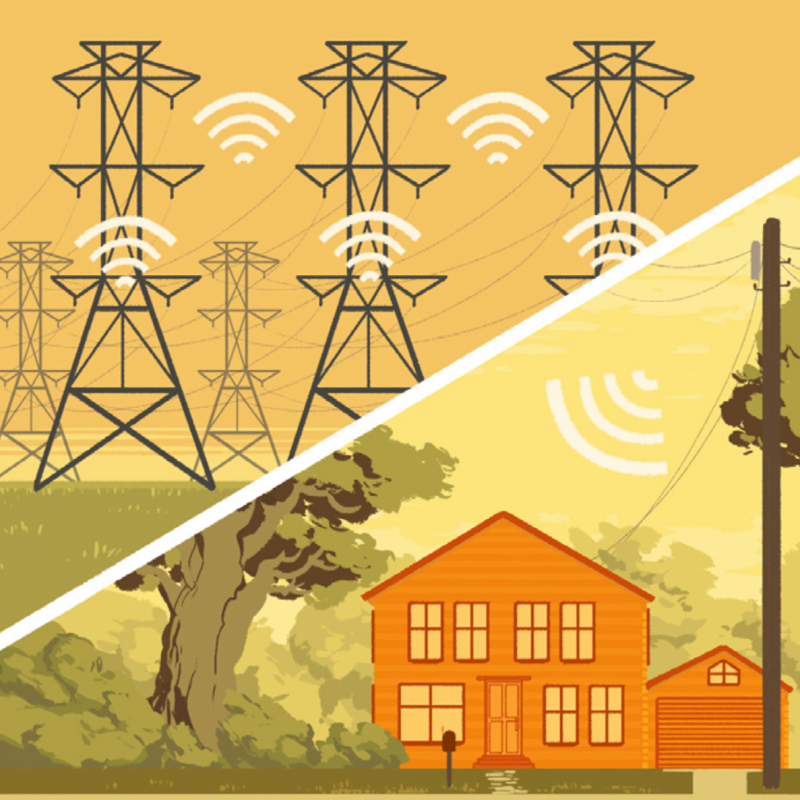Saving energy with demand response
How to reward customers for saving energy while protecting the environment
What problem does it solve?
When extreme temperatures increase the need for heating and air conditioning, it can create stress on our power grid. During these times, the supply of electricity may not be able to meet demand, which can result in higher energy prices and costly blackouts.
Normally, utilities fire up another polluting power plant to meet demand, but there is a less costly way that relies on people and technology instead.
How does demand response work?

When energy demands go up, households and businesses with regular appliances are notified so that customers can choose to switch off non-essential appliances voluntarily.
Smart homes and programmable thermostats make demand response even easier. During times of peak energy use, pre-approved appliances like swimming pool pumps, defrosters and water heaters automatically turn off, and A/C units cycle on and off to conserve energy. Thermostats can temporarily adjust to pre-approved temperatures. And some customers using smart technologies can modify their energy use anytime on their smartphones.
As homes and buildings across the region respond, electricity use drops and the power stays on. At the end of the month, many customers will get a rebate on their electricity bill for their participation in demand response, in addition to the amount they saved by using less energy.
How much can it save?
Mid-Atlantic customers saved $11.8 billion in 2013 using demand response (source: Demand Response Industry and Consumer Coalition Reacts to U.S. Circuit Court Decision).
A cleaner, brighter future for all
EDF has been a driver of demand response adoption in key states like California, Texas, Illinois and New York. Today, many utilities around the country are adopting this innovative cost-saving solution, and the momentum is only growing.
In the end, demand response is a triple win: savings for customers, lower costs for electric utilities and cleaner air for all.
MEDIA CONTACT
Erica Fick
(213) 435-7160 (office)










